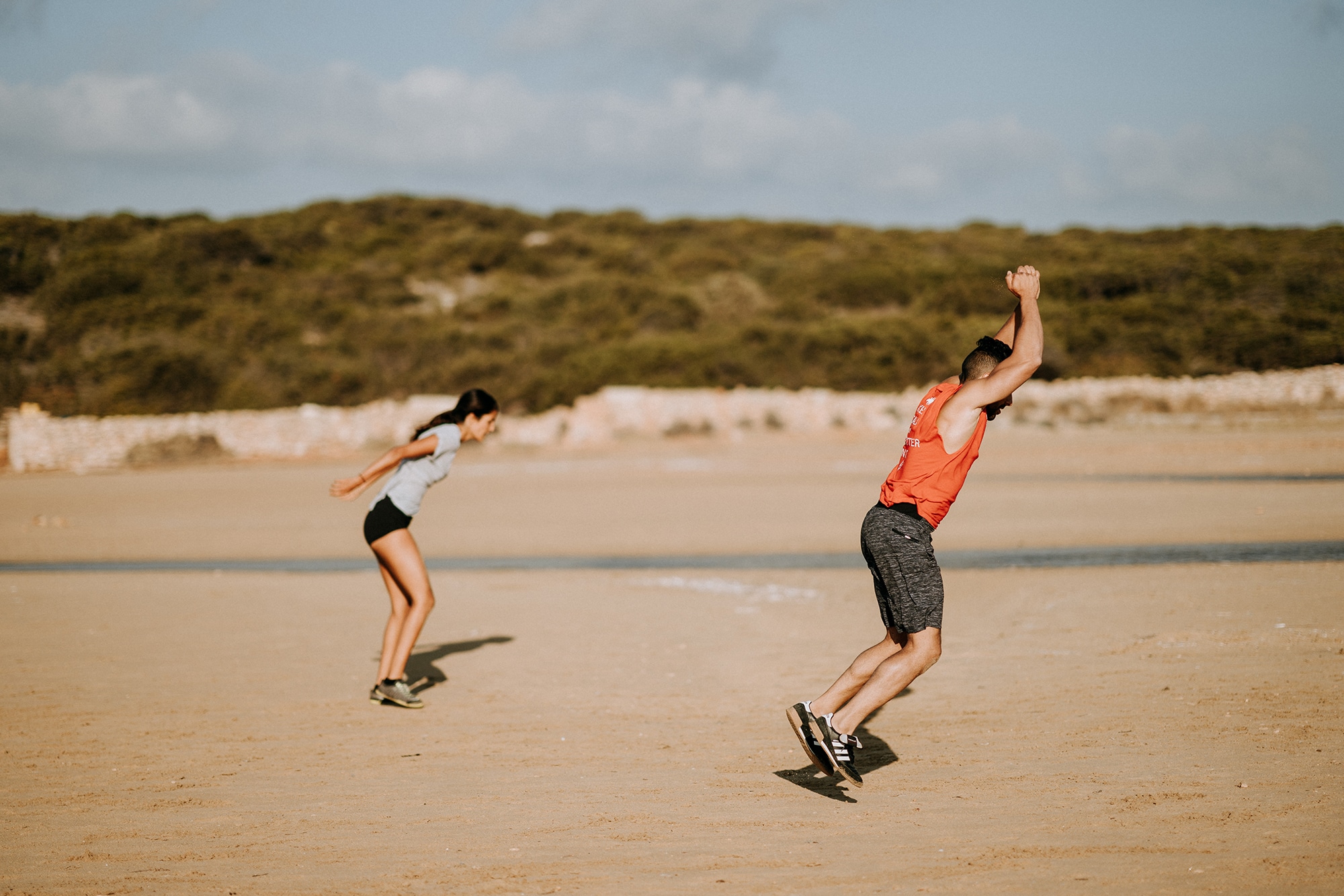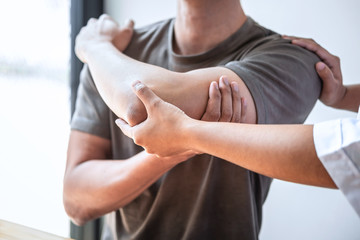
Plyometrics vs Strength
WHAT ARE PLYOMETRICS (PLYO’S)?
Plyometrics are a form of training that can increase muscle power and co-ordination. We all have inherently built in natural elastic recoil characteristics which can be found in our muscles. When combined with evolution and a neurological stretch reflex, we can produce a stronger, faster muscle response. Practically speaking, plyometrics is a form of resistance training. Plyo’s combine the rapid lowering phase of a contraction/stretch (eccentric) followed by a rapid lifting contraction (concentric) to produce a very fast very powerful movement.

WHY DO PLYO’S?
Plyo’s can benefit sports that involve jumping, cutting, and running – from a lower body perspective. Upper body sports that require fast powerful movements also benefit from this type of training including tennis, netball or basketball. We can reduce our risk of injury by incorporating plyos into our regime. This might be of particular interest for younger athletes to develop resilience.
It’s not always athletes that benefit from plyo’s. Other populations benefit too such as the elderly and those needing to progress their way through different types of rehabilitation eg: for post-ACL reconstruction, glute med tendinopathies and rotator cuff rehabilitation.
Plyo’s also condition the body through dynamic and resistance exercises while exploiting the shortening and lengthening relationship of muscle fibres – to increase muscle power. Plyo’s also help to develop the conditioning of the nervous system. It does this by facilitating faster reaction speeds, allowing for increases in speed of movement and improve power production. Additional benefits may also include strengthening bones and facilitate weight control.
WHAT IS STRENGTH AND HOW DOES IT FIT IN WITH PLYOMETRICS?
Strength is the foundation of power, whereby power can be improved indirectly via strength training. When thinking about plyo’s consider the combination of a load based activity that requires high force and velocity. An example of this could be individuals who have strength deficits. If a strength deficit can be addressed and improved, this can then be progressed into faster more powerful movements. Strength and power are integral parts to normal daily activities and sport. A benefit of looking into a power aspect of your training initially may result in muscle co-ordination improvements. Therefore, being able to move through your environment more efficiently. Additionally, strength is also not necessarily about growing big muscles. There are a variety of adaptions that occur in your body including neural, muscular, cardiovascular and many more!
BENEFITTING FROM BOTH PLYOMETRICS AND STRENGTH EXERCISES.
If an individual can have 2-3 months of strength training behind them this will help to create a safe physiological environment and ample conditioning to commence plyometric exercises. However, if you already have a training background then you could look to incorporating plyo’s into your current exercise regime and begin reaping the benefits. Whether it be reaction times, ability to manage load through dynamic movements, or being able to do both at a faster speed with more control. Be our guest and call us on 3352 5116 to make a booking or you can book online.




